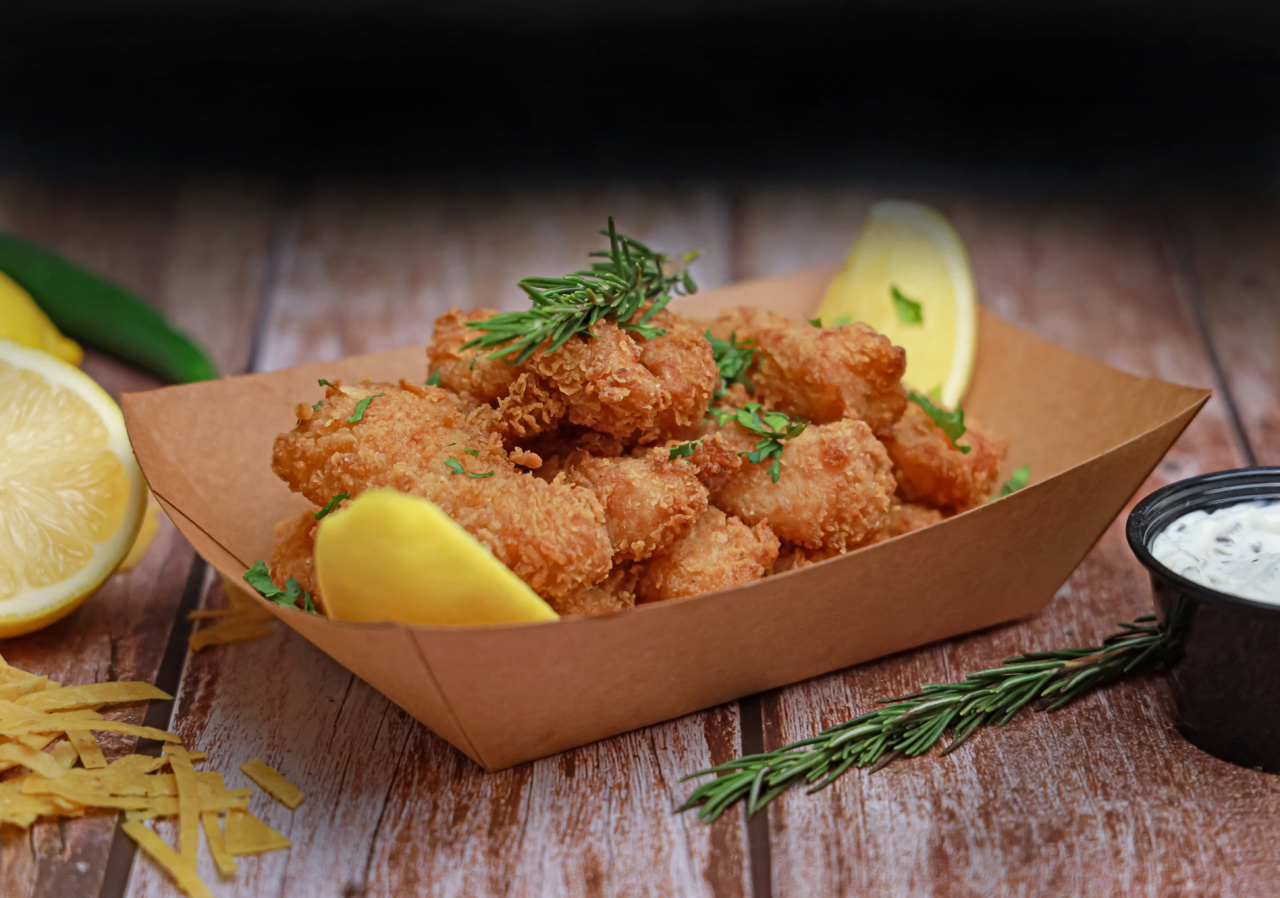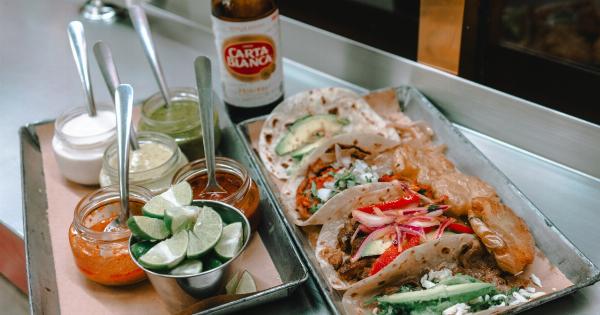Defrosting seafood and poultry is an important task that should be done with caution. Improper defrosting techniques can lead to bacteria growth and foodborne illnesses.
It is important to know the safe techniques for defrosting seafood and poultry to protect your health and that of your loved ones. This article will provide you with the necessary information to ensure that your seafood and poultry is thawed safely.
Why is defrosting important?
Defrosting is important because it helps to prepare food to be fully cooked. When food is not completely thawed, it will not cook evenly and could be raw in certain places. This can result in a serious foodborne illness.
Freezing is a great way to preserve food, but it’s important to defrost it properly before cooking. This ensures that the food is safe to eat and cooked to perfection.
Safe defrosting techniques
Here are some safe defrosting techniques you should adopt:.
1. Defrost in the fridge
Defrost your seafood and poultry by placing it in the fridge overnight. This is the safest method of defrosting because it keeps the food at a safe temperature while it thaws. This method works best for larger cuts of meat or whole birds, like a turkey.
2. Defrost in cold water
If you need to defrost your seafood or poultry quickly, you can do so by placing it in cold water. Place the food in a leak-proof plastic bag or container and submerge it in cold water. Change the water every 30 minutes, until the food is fully thawed.
This method is quicker than defrosting in the fridge but requires more attention. Do not use warm or hot water as it can cause the food to enter the danger zone between 40°F and 140°F where bacteria can grow.
3. Defrost in the microwave
You can also defrost your seafood or poultry in the microwave. Use the defrost setting, and be sure to rotate the food frequently to ensure even defrosting.
You should plan to cook the food immediately after defrosting it in the microwave, as partial cooking can occur during the defrost cycle and could create a food safety hazard. Only use the microwave if you plan to cook the food immediately.
4. Defrost as part of the cooking process
If you’re cooking seafood or poultry in a soup, stew, or casserole, you can add the food directly to the pot while it’s still frozen. As the dish cooks, the food will defrost.
Ensure that the dish reaches an internal temperature of at least 165°F to ensure that it’s safe to eat.
Food safety tips for defrosting
Here are some additional food safety tips you should keep in mind when defrosting seafood and poultry:.
1. Keep food wrapped
When defrosting seafood or poultry in the fridge or microwave, be sure to keep it wrapped or covered. This prevents any microbes or bacteria from contaminating other foods in the fridge or microwave.
Always store raw meat away from ready-to-eat foods to prevent cross-contamination.
2. Use a food thermometer
Use a food thermometer to ensure that your seafood or poultry has reached a safe internal temperature. The USDA recommends cooking poultry to an internal temperature of 165°F and seafood to an internal temperature of 145°F.
3. Don’t refreeze food that has already been defrosted
Don’t refreeze seafood or poultry that has already been defrosted. This can promote the growth of bacteria and lead to foodborne illness. If you have leftovers after cooking, put them in the fridge for later consumption.
If you’re not going to eat them within a few days, store them in the freezer.
Conclusion
Defrosting seafood and poultry is an essential step in preparing a safe, delicious meal. Be sure to follow these safe defrosting techniques to avoid any health risks. Remember to use a food thermometer, keep food wrapped, and never refreeze thawed food.
These simple tips will ensure that your seafood and poultry are perfectly thawed and ready to cook.



























